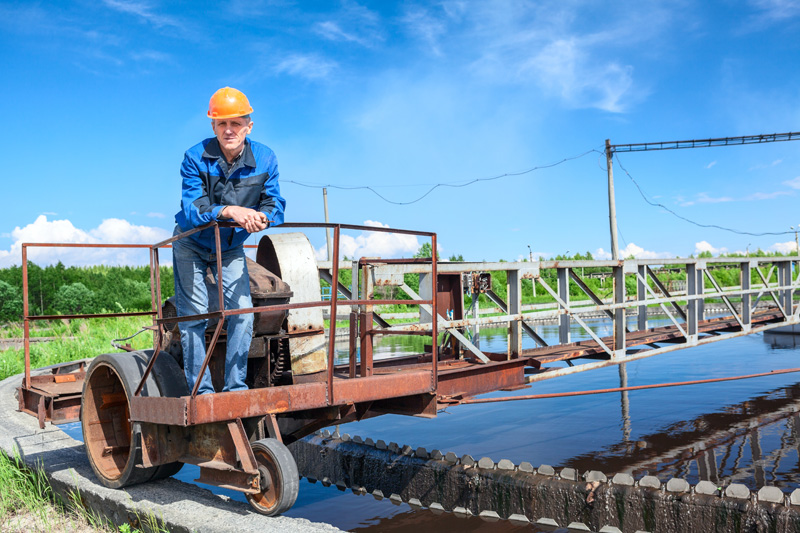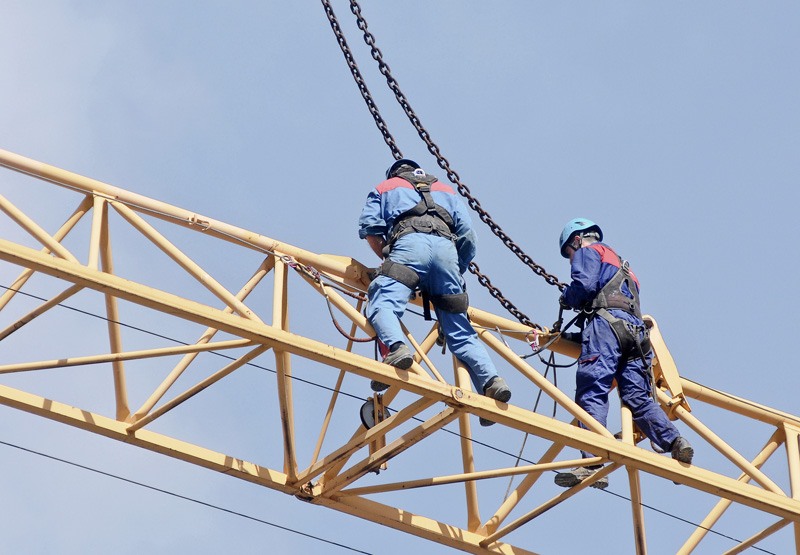Health And Safety For Outdoor Workers
Any business owner or manager will know that taking care of a business’s most important asset – its valuable employees – needs to be right at the top of the agenda. Every company in every industry faces its own unique problems and challenges in promoting a safety culture, but for people working either wholly or partially outdoors, there is a whole new set of considerations to bear in mind.
Those working outside are in an environment that contains more unknown factors and risks that are less easy to control. Every situation is different, so it is essential to conduct a health and safety risk assessment for every role. Here, we take a look at some of the top risks that you need to think about in your health and safety planning, along with some mitigating controls that you might consider.
Working alone
Many outdoor tasks, from performing deliveries to farming and agriculture work, involve individuals working on their own. The HSE has published some specific guidelines for protecting the safety of lone workers, so make sure that you take these into account in your overall assessment of the health and safety risks.
Working with water
One of the biggest risks attached to outdoor working concerns natural and environmental phenomena. Anyone working in or close to water faces specific risks that need to be closely managed and monitored.
In environments that are prone to the risk of flooding – for example, construction sites, quarries and utilities workers operating in underground environments – it is important that individuals have the right equipment to deal with floods and rising water levels. Make sure that you hire a pump so that the right equipment is on hand, and ensure that outdoor workers are trained in its correct operation.

Extreme temperatures
The only thing that is certain about the British weather is its uncertainty. Working in extremely hot or cold conditions can put an individual’s health at risk, as well as affecting their attention to detail and ability to do an effective job.
Introducing some basic administrative controls can make all the difference – these might include the following measures:
- Postponing non-essential work until weather conditions are more favourable.
- Providing hot or cold drinks as appropriate, perhaps using mobile catering facilities.
- Issuing the necessary personal protective equipment.
- Providing shade or shelter where appropriate.
- Ensuring that workers take regular breaks to warm up or cool down.
- Educating workers to spot the signs of heat stroke or cold stress.
Working at heights
Despite some amazing work over the past decade or so, particularly within the construction industry, to reduce accidents and increase safety, working at heights remains one of the biggest risks to individual employees.
Unsurprisingly, there is a whole set of individual considerations that you need to take into account when you have people working at heights, quite enough for a separate article in its own right. However, the main points that will dramatically reduce the chances of an accident occurring can be summarised as follows:
- Perform a risk assessment every time.
- Ensure that workers are competent – that means up to date, verifiable training and qualifications.
- Ensure that equipment and the workplace environment is inspected by somebody who knows what they are looking at, to avoid slips and trips.

Road safety
Most of us drive a car, and many have a need to drive in the course of our day-to-day work, whether it is on a daily basis or just occasionally to attend the odd business meeting.
According to the Department of Transport, more than a quarter of collisions involve someone who is driving in connection with their work. It is important to recognise that health and safety regulations apply to work activities that involve getting behind the wheel as much as they apply to anything else, so this important area of risk is one that needs to be fully addressed in your health and safety management policies and procedures.
For the avoidance of doubt, it is worth noting that the legislation does not apply to workers commuting to and from their regular place of work.
Again, the HSE has published some useful guidance notes that provide step-by-step advice on managing this important aspect of outdoor safety.
Protecting your people, wherever they are
In a controlled environment, such as an office, warehouse or factory, it is far easier to understand and manage everyday health and safety risks. When your employees are working offsite, however, all bets are off. Try to think outside the box, and cover the main areas of risk from all angles to take the best possible care of your people, whatever their location.












